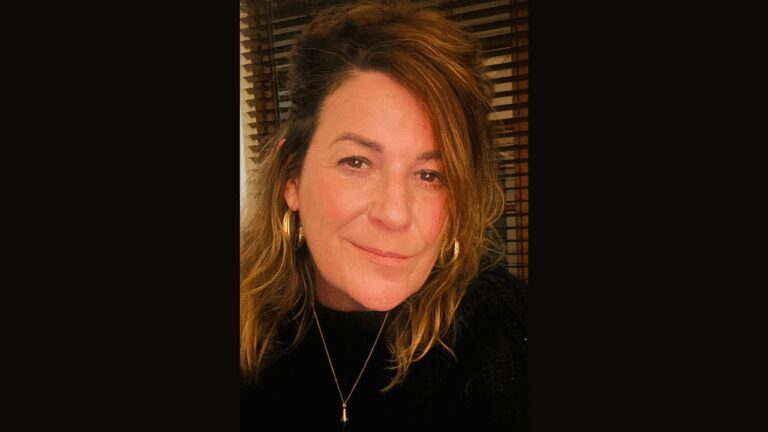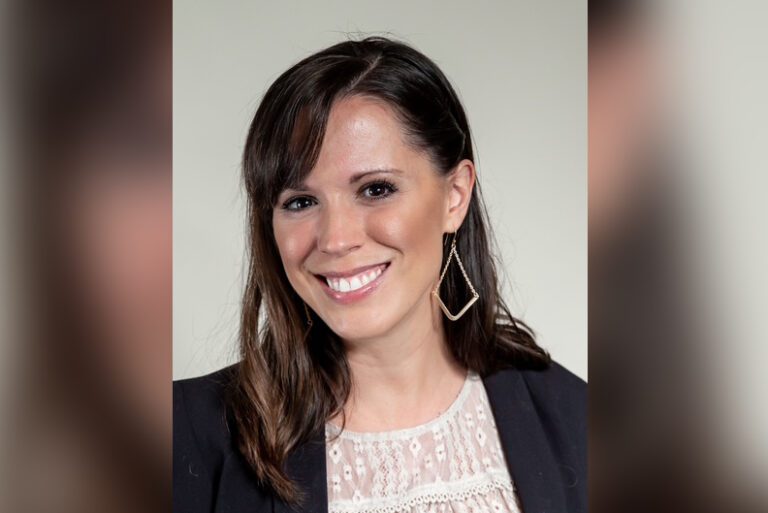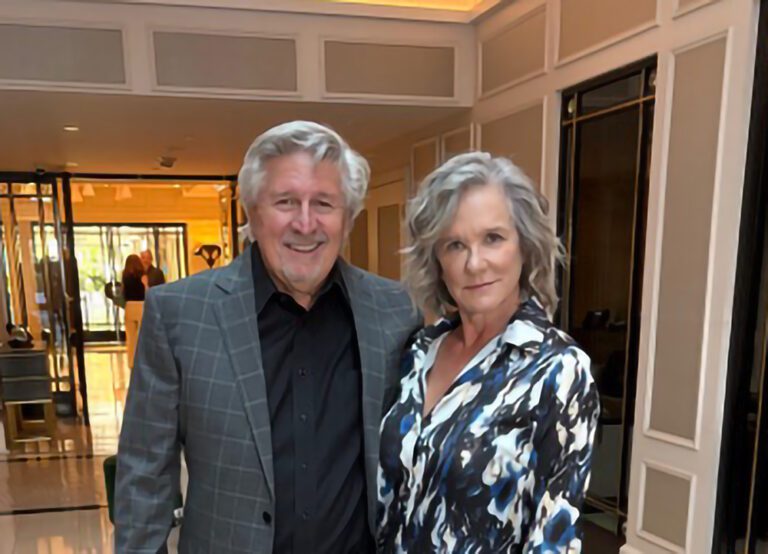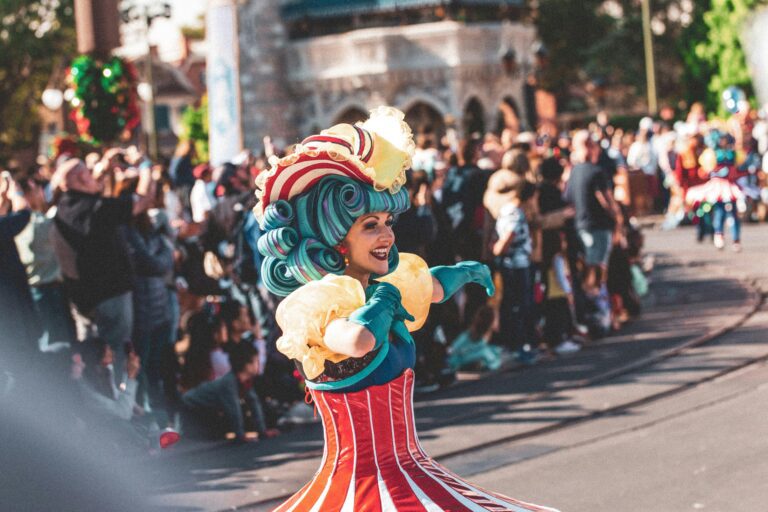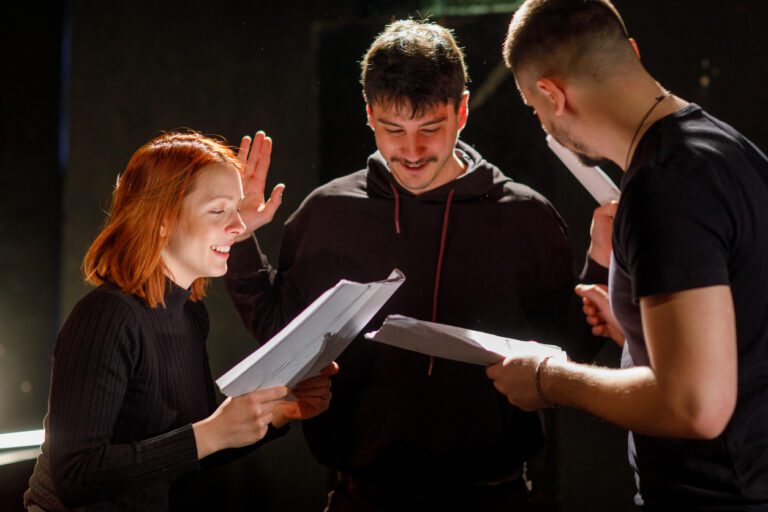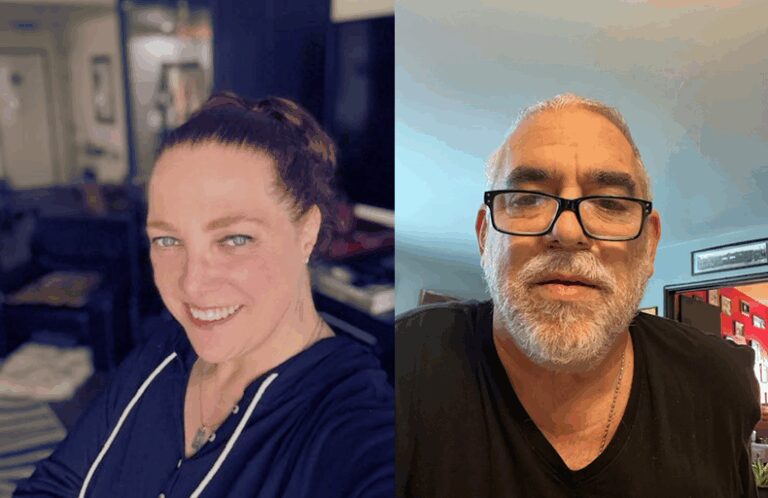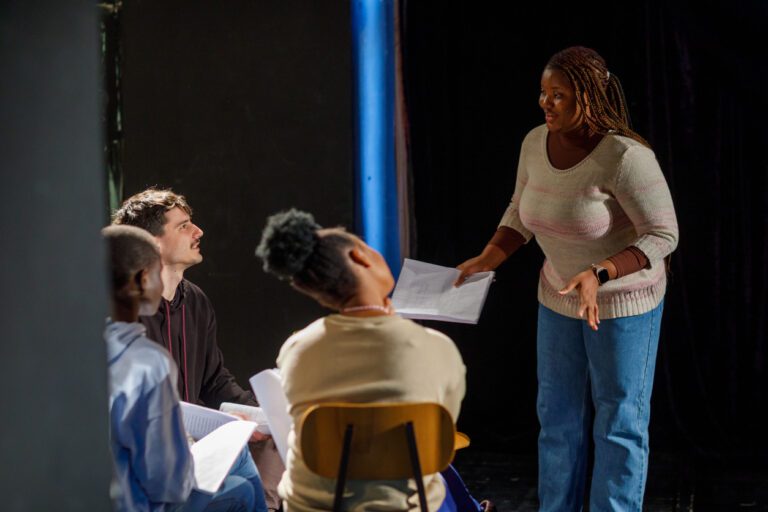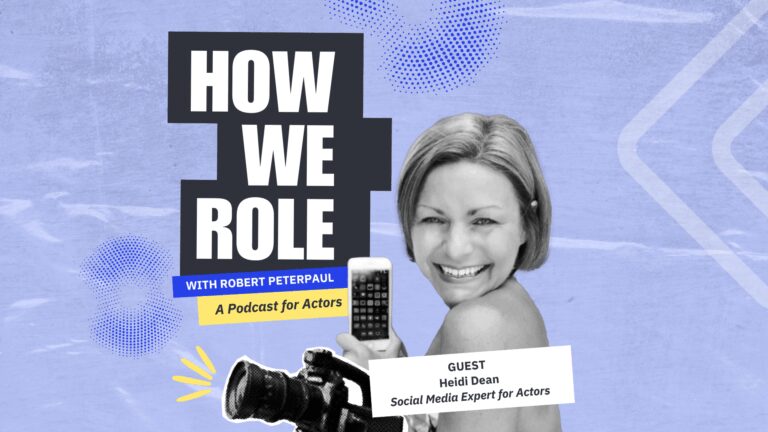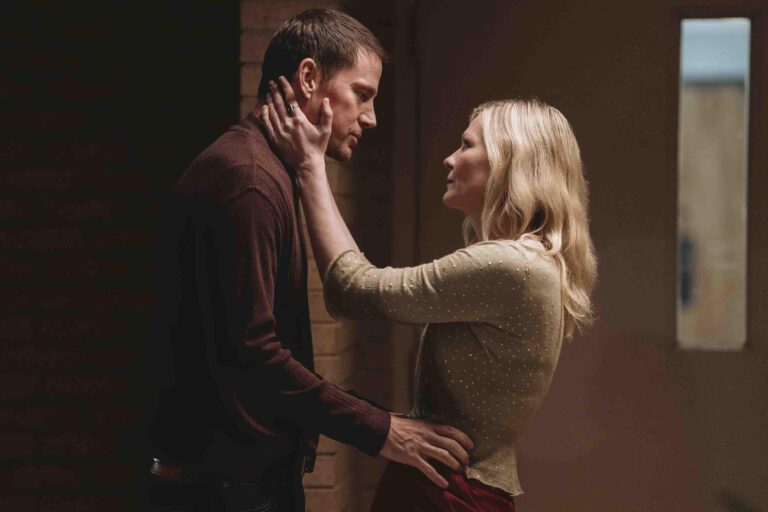In the 30-plus years that Pixar has been in business, the company has produced 28 feature films. Kevin Reher has cast 24 of them. That’s a remarkable run for a guy who started as a production accountant and came to casting by accident.
Throughout that run, he’s won five Artios Awards, and except for 2014, Reher has been nominated every year since 2011. His latest project, and Pixar’s, is the coming-of-age sci-fi adventure movie Elio, starring Zoe Saldaña, Brad Garrett, Jameela Jamil and newcomer Yonas Kibreab in the title role. He spoke to us from his office in LA.
Insights: Lessons From Kevin Reher
- If you have worked with or are connected to a respected brand, use that to your advantage in the casting process.
- Focus on delivering lines with your natural voice and showing the unique textures that make your voice stand out, rather than putting on an exaggerated character voice, unless directed to do so.
- Actively engage in various forms of media, from television to live performances, to increase your chances of being noticed by casting directors.
How did you get into casting in the first place?
I was a production accountant for Gumby and for The Nightmare Before Christmas, and there was somebody at Disney who knew me from that and asked, “Can you come to Pixar? We know you want to be more than an accountant.”
I came in the middle of making Toy Story, then stayed on to co-produce A Bug’s Life, and then was in development, helping the shows come through as a development producer. In the middle of Monsters University, Darla Anderson, who I’d been co-producer with on A Bugs Life, said, “We’re having problems with Disney Feature Animation.” Their casting person was supposed to cast our movie, and there was a little bit of tension, so Darla asked me to help out.
I was sort of the development producer; then started casting. I shared my credit with Mary Hidalgo on The Incredibles, and maybe Finding Nemo. But everything from Finding Nemo on out started the casting department at Pixar.
Most of the people I talk to work freelance. Is your job easier, working for a highly respected and beloved brand?
It’s great to have that, and we’re pretty well-regarded. I will say, I have a wonderful team. There are five of us, and we started with Natalie Lyon and I. Kate Hansen-Birnbaum, who came from a local agency in San Francisco and knows a lot of local actors. We then were able to attract Lexi Diamond, who knows a lot of New York and local theater here, and Marie LaBarbera, our casting assistant who we share with development. We view it as [this:] we’re customer service, and we tailor our work to the producers and directors. One director did not know anything or anybody — and that always makes it hard. Then we’ve had other directors who get it right away.
Thinking about joining Casting Networks? Sign up for a free trial today!
Do you find it’s easier to attract actors, and do you tend to get the people you go after?
Yes, and no. Sometimes we do, and sometimes we don’t. We are really lucky in the sense that Pixar does have that reputation of being very story-oriented. My favorite was Uzo Aduba. When I met her at the premiere of Lightyear, she said, “Oh, it was an easy yes. When my agent called and said, ‘Pixar is looking for you to be a part.’ I said, ‘Just say yes.’”
Sometimes we get lucky like that, and sometimes we have to pitch the movie and see if they respond. We are in competition with other studios that often pay more, to be frank. Usually, they say yes, because it’s like, “Gosh, I get to be in a Pixar movie.” (Laughs) We’re always happy when people appreciate the legacy of our films, and how much they have meant to people over the years.
I’m curious about your involvement in the development process. Do they not come to you until they’re ready to roll until the project has been accepted?
We start with the shows early on, and we do the scratch casting, which is usually Pixar Players. We have a bank of Pixar folks who do the voices to start, and we see the work screenings right from the beginning because we’ve helped them cast the scratch actors. Then as the screenings go on, they’re like, “Okay, well, these sequences are probably going to get approved for production, so we’re going to need the real actors.” That’s when we meet with them on a regular basis to present our ideas.
We take ideas from everybody. Editorial is a good resource for people, because they’re there every day with those reels and they go, “Wouldn’t it be great if we had Tim Allen in this part?” Or, “Wouldn’t it be great if we had Uzo Aduba as this character?”
Andrew Stanton will always say that “funny is money.” A very talented actor was originally playing Marlin in Nemo, but we had to replace him, and the minute Albert Brooks walked into the room, you could just feel that it was going to be great.
Having done mostly Pixar, are there challenges that you have, working in animation rather than live action?
We do blind casting with professional actors. Selects that we have picked from interviews or films. We don’t do video games, and we try to stay away from animated movie selects because they tend to be more over the top than we tend to want.
When people approach us and say they want to work for Pixar, we ask them to speak in their regular voice, because everybody wants to do a voice and we rarely use that. It is a challenge. [For example,] there’s a particular actress I won’t mention, she comes up all the time. Part of the reason everybody loves her is because her eyes are really big when she gets rolling, and she’s hilarious. But when you take her voice away from her image, it doesn’t land with people, so we’ve never hired this one particular comedic actress.
Meanwhile, somebody like Richard Kind is unbelievable. He goes up and he goes down. The animators love that because that gives them inspiration when they’re working. People who have smoother voices, or more of a flat delivery, even if what they’re saying is funny, tend to be a little tougher for animators. They love a textured voice. That always helps.
Do you have favorites?
Jenifer Lewis was one of my finds. And Bonnie Hunt. Bonnie’s got the Chicago thing going, but she also makes everything funny. A very funny story … I sent [Jenifer Lewis] flowers when she got her Hollywood Walk of Fame star, and I always called her “Jenifer Lewis from St. Louis,” and I had that on the card. Her roommate asked, “Who calls you Jenifer Lewis from St. Louis?” Jenny said, “The motherf*cker who paid for this house!” (Laughs) Because I was the one who encouraged John Lasseter to hire her as Mama Odie in The Princess and the Frog. She’s had a whole career in animation and is one of my favorites. She’s just so funny.
What about finding up-and-coming talent?
I have the TV on all day, and we watch a lot of shows. The team meets regularly, and we talk about what we’re watching. Like, “Hey, are you watching The Pitt?” It’s got a terrific, multicultural cast. So we’ll watch those kinds of shows, and do things like go to Sketchfest. That’s how we found Ayo Edebiri.
I remember Andrew [Stanton] meeting Ellen DeGeneres and saying, “If you don’t do this movie, I’m screwed, because I’ve been writing this movie called Finding Nemo with your cadence.” Watching a lot of shows, movies and stand-up specials helps us constantly think about new people and different comedic talents. We found Fortune Feimster that way for Soul. I was a Queen of the South fan, and Alice Braga did the short film that came with Soul. She was lovely.
Let’s talk about Elio, the latest Pixar film. How did that come together?
The bigger the actors, it tends to be offer-only. Zoe Saldaña was not going to audition for us, even before the Oscar. We knew her work, and we thought she’d be great.
We work regularly with the voiceover agents at every agency, and we take suggestions from them. Sometimes, we ask about someone and they say, “He hates animation.” George Clooney supposedly used to hate animation, and I think he’s changed his tune since he has two kids now.
For the part of the kid, Elio, it went back and forth and back and forth. In Elio’s case, he has to carry the movie. That’s a lot on a kid’s shoulders. We also have a bunch of funny side characters. Brad [Garrett] has been in our movies before, so that’s a straight offer. With the exception of the kids, we didn’t do a huge amount of auditions because we just knew who we wanted, and went after them. There were some changes to the director and the story, so it took us longer to get there than with most movies. But we did get there.
You may also like:


